Epic Encounters (Tabletop RPG)
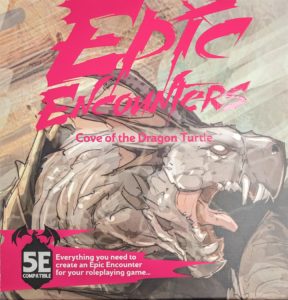 Tabletop role playing is at an all time high, as one can see by the major kerfuffle over the Dungeons and Dragons brand last month. (The publisher was going to restrict 3rd party content creators but then had to backtrack due to fierce protest.) Where there are players, there are opportunities to jazz up one’s game. The folks over at Steamforged Games decided to use their experience in producing miniatures-heavy boardgames and apply it to the tabletop role playing experience. The result is Epic Encounters, a line of ready-to-play encounters containing everything needed for a great in-person gaming experience. Each box contains figurines, a double-sided fold-out map, and a booklet that gives suggestions for setting up and running the encounter.
Tabletop role playing is at an all time high, as one can see by the major kerfuffle over the Dungeons and Dragons brand last month. (The publisher was going to restrict 3rd party content creators but then had to backtrack due to fierce protest.) Where there are players, there are opportunities to jazz up one’s game. The folks over at Steamforged Games decided to use their experience in producing miniatures-heavy boardgames and apply it to the tabletop role playing experience. The result is Epic Encounters, a line of ready-to-play encounters containing everything needed for a great in-person gaming experience. Each box contains figurines, a double-sided fold-out map, and a booklet that gives suggestions for setting up and running the encounter.
Each box of Epic Encounters is designed to make it easy to drop into any ongoing campaign but can also serve as a one-shot experience. Several of the Epic Encounters sets (there are about 16 of them so far) are designed so that they can be played together to make a longer experience. One can use the Island of the Crab Archon encounter as a precursor to the Cove of the Dragon Turtle. The first pits the players against a small army of 21 different minis, while the second brings in a single giant Dragon Turtle miniature. These are unpainted minis but they are produced in colored plastic (tan, green, red, brown, etc…) such that they still have a good table presence while unpainted.
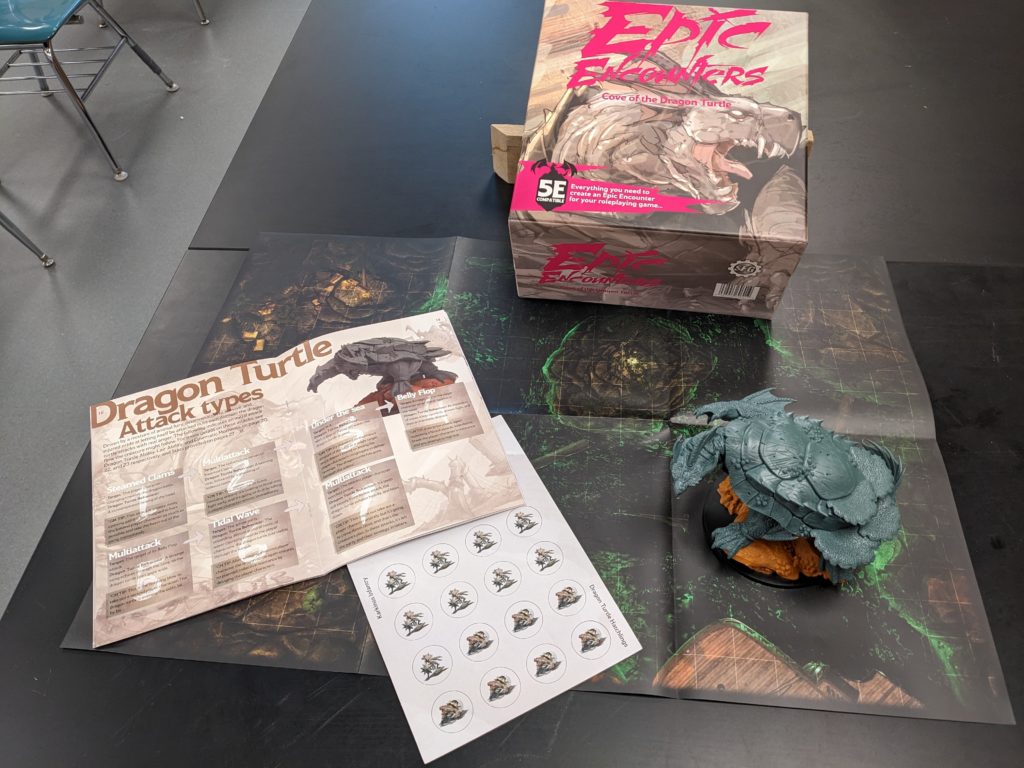
While the minis are great at adding a great table presence, what sets these encounters apart is the accompanying stats and advice. Each box comes with a booklet containing advice on how to bring the encounter into your ongoing campaign, stats for monsters, and advice for the GM. The monster stats are 5E (current D&D) compatible and often have varying levels of difficulty so that encounters can match a group’s current level of experience. I will note, however, that the Dragon Turtle does present a pretty hard challenge so the GM needs to come in aware that it could be a fairly deadly fight. Particularly for the Island of the Crab Archon, the book also provides a bit of back story and plot development to give the entire area a bit more “life” than just a few mobs of creatures to hack through. They try to provide some unique creature and environmental actions to present new experiences to jaded players.
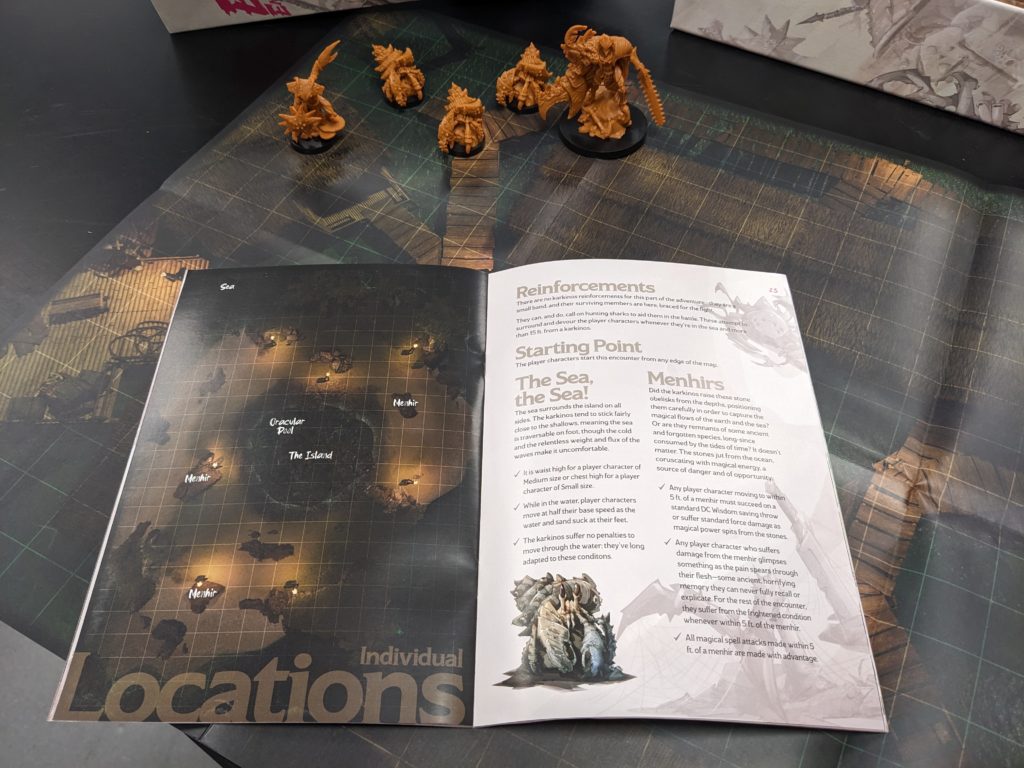
My favorite bit of the book, however, is the advice on how to run the encounter combat. For the dragon turtle, there is an outline of its primary abilities as well as a step-by-step guide as to what the turtle might be thinking or doing during the first few rounds of combat. This is significant, as GMs are often so busy running everything all at once, they don’t use the full strategic potential of the monsters. (In fact, many of the big, iconic D&D monsters were recently upgraded in the rules because most players found them too easy – partially due to the way they were played by the GM.) My players are far too smart for their own good, having some solid advice on how to maximize a creature’s abilities is a welcome reduction of my mental overhead.
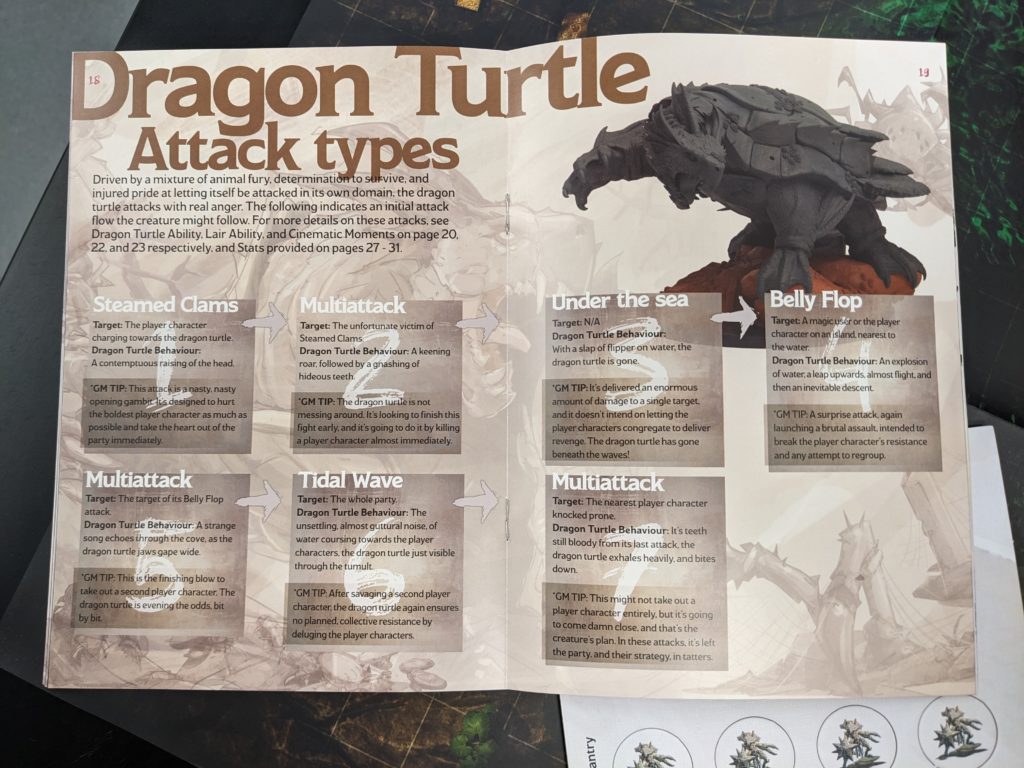
One final mention is the drop-in aspect of the encounters. Once you get the players to the right location (there are suggestions in the book) everything almost runs itself. However, since they are drop-in, they also serve as really nice one-shot (two-shot if you combine two boxes) adventure for an evening or weekend. Most of the encounters lean towards the combat-side of things so they’re great for players who like to explore their combat abilities.
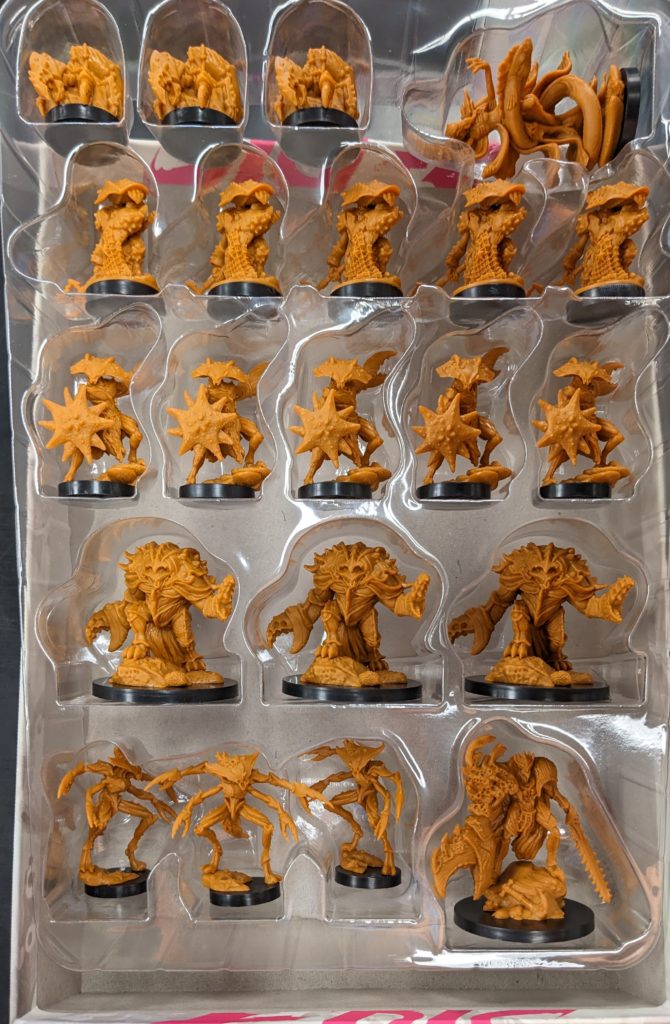
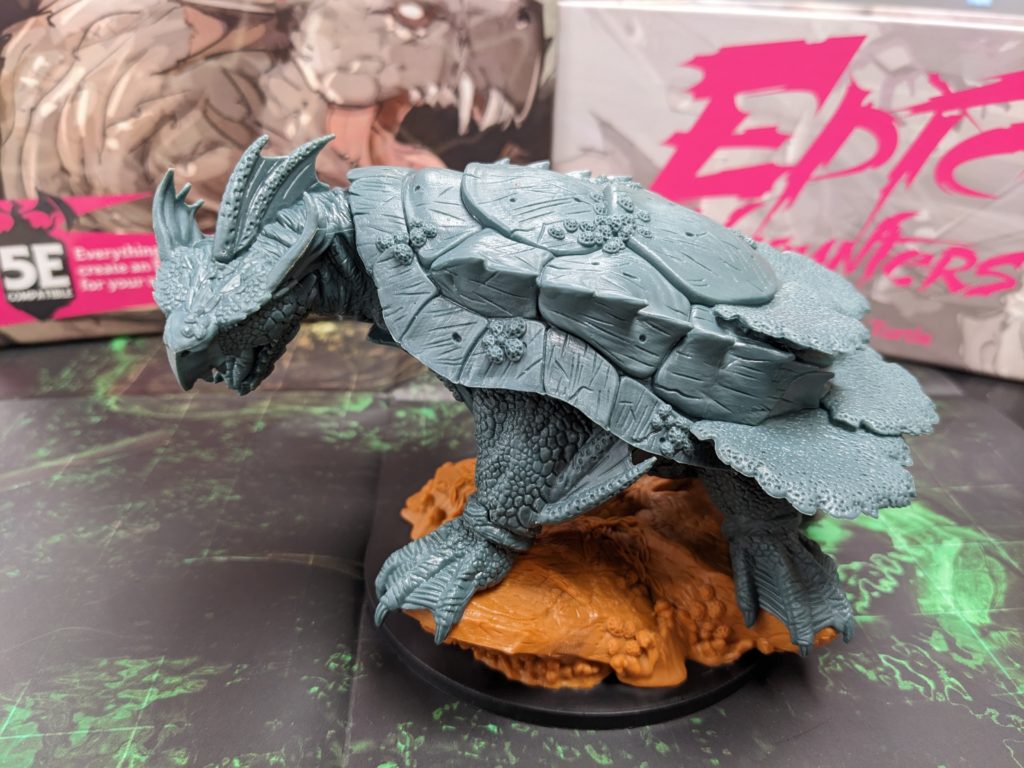
There are now around 16 or so Epic Encounters available. They typically run as one involved fight with a “big bad guy” or as a couple of linked encounters along a thematic grouping of smaller creatures. As I mentioned, some encounters are designed to work well in pairs. Examples include a kobold encounter to be followed by a giant red dragon, an orc-based encounter followed by a battle with a frost giant, or a swamp encounter followed by a giant snake in a temple.
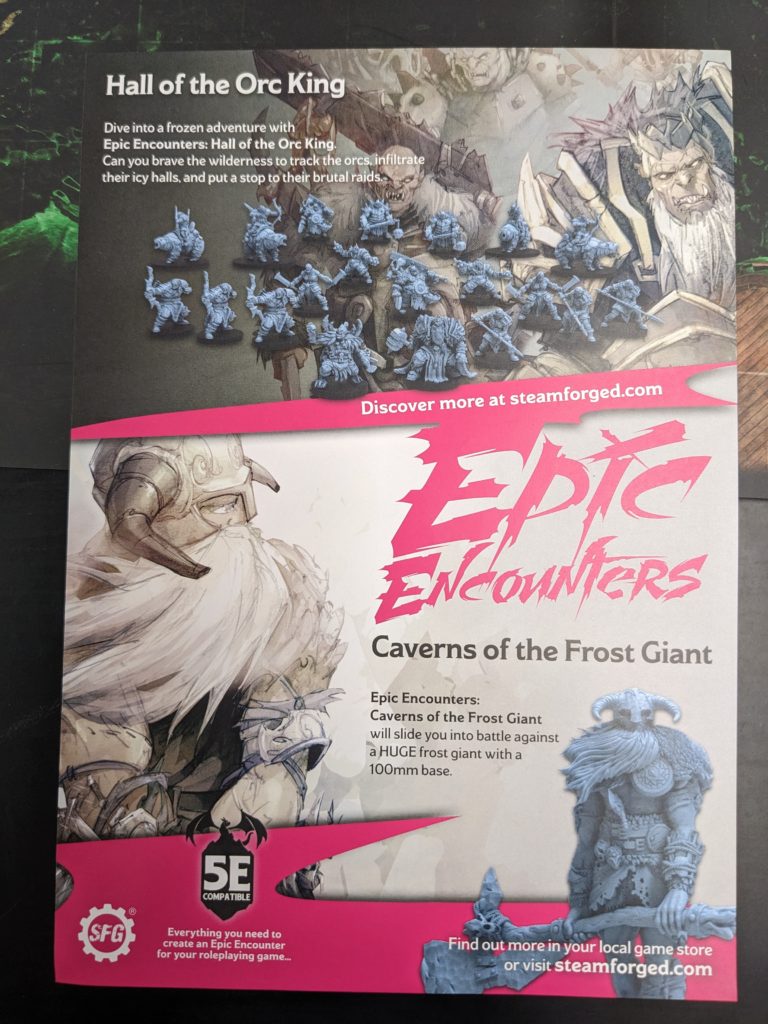
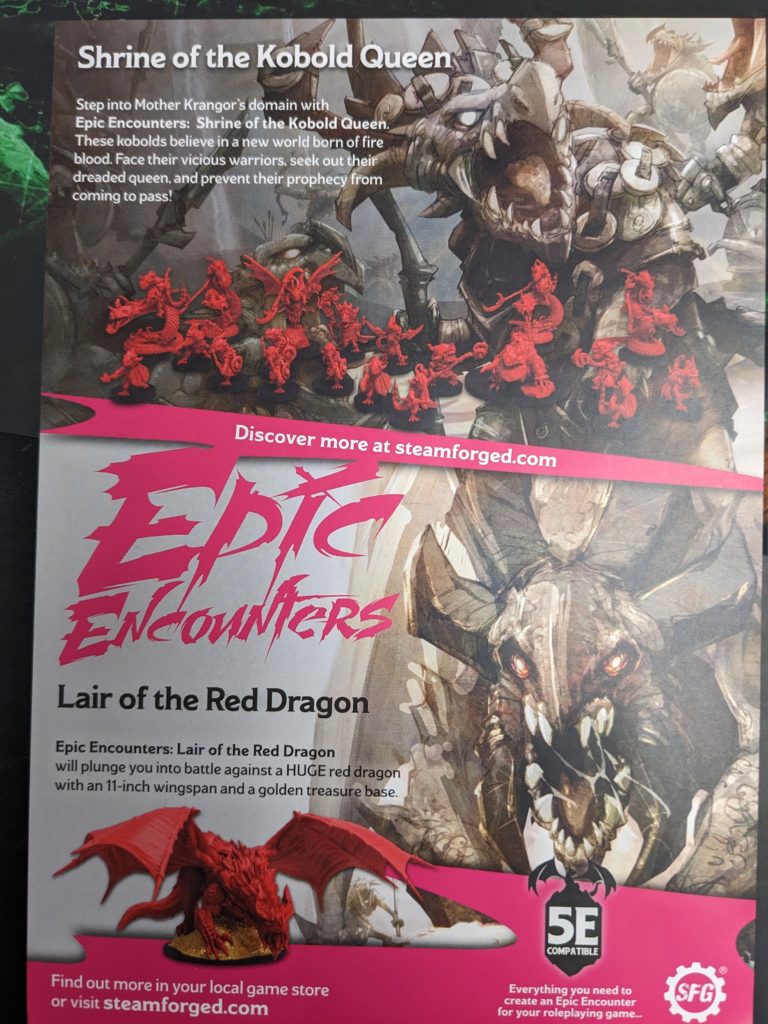
Verdict:
Most boxes run around $45 or $55. Depending on your disposable income, that’s a great deal. It is around the going rate for plastic miniatures, with the support material included for free. By this point, I’ve accumulated quite a few miniatures. The problem comes in when I try to use them – I’ll have an encounter in mind and then have to poke around to find figures that “might just work.” Then I need to find a matching map. Then, when I run the encounter, the monsters run around haphazardly and it is over almost as soon as it begins. Having the planning and basic strategies all laid out make it much more likely for my players to have a truly epic encounter.
Note, review copies were supplied by the publisher.





Discussion Area - Leave a Comment